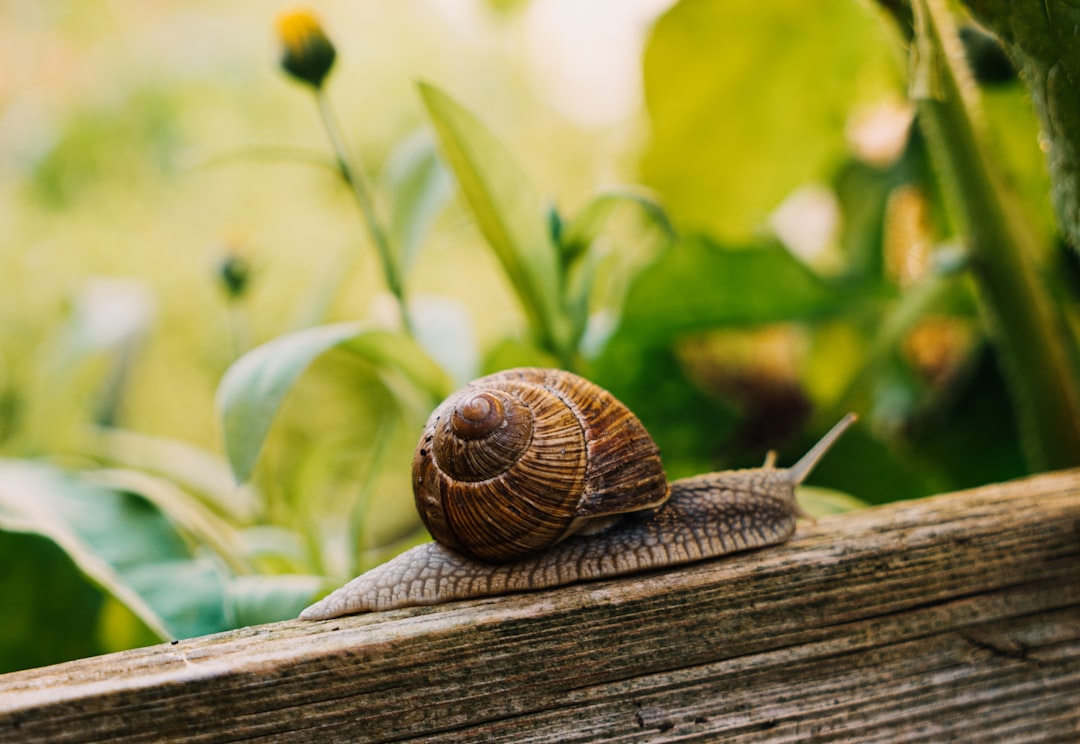Imagine a garden bed that requires little watering, improves soil fertility over time, and recycles natural materials—sounds too good to be true? Welcome to the world of hugelkultur, a centuries-old gardening method that builds raised beds using logs, branches, leaves, and soil to create a self-sustaining, moisture-retaining, and nutrient-rich environment for plants.
This simple yet powerful technique is rooted in permaculture principles, making it an excellent choice for anyone looking to grow food in a way that mimics natural forest ecosystems. Whether you're gardening in a dry climate, want to improve poor soil, or simply love experimenting with regenerative techniques, hugelkultur is a game-changer.
What is Hugelkultur?
The term hugelkultur (pronounced "hoo-gull-culture") comes from the German words "Hügel" (mound) and "Kultur" (culture or cultivation). It translates to "mound culture" and refers to a gardening technique where organic materials—especially logs and woody debris—are buried under soil to create a raised bed that retains moisture, builds fertility, and supports plant growth for years.
How Does Hugelkultur Work?
The magic of hugelkultur lies in the gradual decomposition of buried wood and organic matter, which:
✔ Acts like a sponge, absorbing and retaining water, reducing the need for irrigation.
✔ Slowly breaks down, enriching the soil with nutrients and beneficial microbes.
✔ Creates a microclimate that warms the soil, extending the growing season.
✔ Encourages beneficial fungi and soil life, improving overall plant health.
Benefits of Hugelkultur Raised Beds
🌱 Water Conservation:
-
The rotting wood at the core of the bed soaks up water like a sponge, reducing irrigation needs by 50-90%—especially useful in dry climates.
🌿 Soil Fertility and Nutrient Cycling:
-
As the logs decompose, they provide a long-term slow release of nutrients, acting as a natural fertilizer.
-
The process encourages fungal and microbial activity, enhancing soil health.
🍂 Waste Recycling:
-
Hugelkultur beds turn garden waste into a valuable resource, making use of logs, branches, leaves, and other organic debris that would otherwise go to waste.
☀ Season Extension:
-
The decomposition process generates heat, helping to warm the soil and extend the growing season in cooler climates.
🐝 Biodiversity Boost:
-
These beds attract beneficial organisms like earthworms, fungi, and pollinators, creating a thriving ecosystem for plant growth.
🏡 Adaptability:
-
Can be built in any size, from small backyard gardens to large-scale permaculture farms.
-
Suitable for poor, compacted, or rocky soils, making it a great solution for challenging landscapes.
How to Build a Hugelkultur Bed (Step-by-Step Guide)
Materials Needed:
✅ Logs and large branches (rotting wood works best)
✅ Smaller twigs and sticks
✅ Leaves, straw, or compost
✅ Manure or nitrogen-rich materials (optional)
✅ Topsoil
Step 1: Choose a Location
-
Pick a well-draining area with good sun exposure.
-
Consider wind and water flow—hugelkultur beds can act as windbreaks or erosion barriers.
Step 2: Lay the Foundation (Logs and Large Branches)
-
Dig a shallow trench (optional, but helps anchor the bed).
-
Place large logs and thick branches at the base—these are the water-absorbing core of your bed.
Best Wood Choices:
🌳 Ideal: Decaying hardwoods like oak, alder, maple, apple, or birch.
❌ Avoid: Black walnut (toxic to plants), cedar (rot-resistant, slows decomposition).
Step 3: Add Smaller Woody Materials
-
Layer smaller branches, twigs, and sticks over the large logs.
-
This creates more surface area for beneficial microbes and fungi to break down the wood.
Step 4: Add Organic Matter (Leaves, Grass Clippings, Compost, Manure)
-
Layer leaves, straw, compost, or aged manure over the wood.
-
This step speeds up decomposition and balances the carbon-to-nitrogen ratio.
Step 5: Cover with Topsoil
-
Add a thick layer of topsoil (at least 6-12 inches).
-
This is where you’ll plant vegetables, herbs, and flowers.
Step 6: Water and Plant
-
Thoroughly soak the bed to jumpstart water retention.
-
Plant deep-rooted crops like tomatoes, squash, beans, and perennials.
-
Add cover crops or ground cover (like clover) to protect the soil.
Best Plants for Hugelkultur Beds
🌿 Vegetables:
-
Tomatoes, cucumbers, squash, pumpkins, beans, kale, lettuce, carrots.
🌻 Flowers & Herbs:
-
Marigolds, lavender, basil, rosemary, thyme (help deter pests).
🌳 Perennials & Trees (Long-Term Growth):
-
Berry bushes, fruit trees, asparagus, rhubarb.
Hugelkultur Variations for Different Climates
🌵 Dry Climates:
-
Use rotting wood to maximize water retention.
-
Mulch heavily to reduce evaporation.
🌧 Wet Climates:
-
Build slightly sloped beds to improve drainage.
-
Avoid water-logged wood, which can become anaerobic.
🏙 Urban & Small Spaces:
-
Construct mini-hugelkultur beds in raised garden boxes.
-
Use smaller branches and compost instead of large logs.
Common Hugelkultur Myths & Misconceptions
❌ "Hugelkultur beds attract termites."
✔ Termites prefer dry, standing wood, not decaying, moisture-rich logs buried in soil.
❌ "It takes too long for the wood to decompose."
✔ While large logs take years to break down, nutrients become available immediately through the breakdown of smaller materials and microbial activity.
❌ "You can’t grow in the first year."
✔ Some plants may struggle in the first season as decomposition starts, but adding compost and nitrogen-rich plants balances the process.
Final Thoughts: Why You Should Try Hugelkultur
Hugelkultur offers an easy, sustainable way to build fertile, water-efficient garden beds that improve over time. Whether you're growing vegetables, flowers, or fruit trees, this technique enhances soil health, reduces water use, and supports biodiversity.
🌱 Ready to transform your garden? Build a hugelkultur bed and watch nature do the work for you!
Have you tried hugelkultur? Share your experiences or ask questions in the comments below! ⬇🍃

Comments
No comments yet. Be the first to comment!
You must be logged in to comment. Login